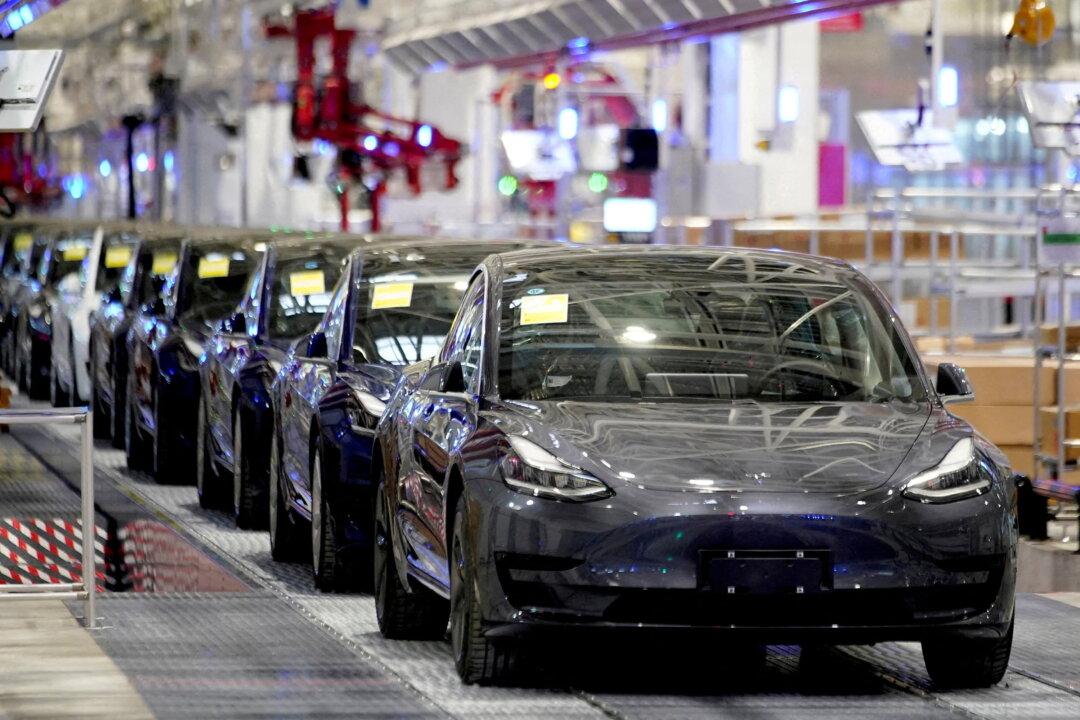The National Highway Traffic Safety Administration (NHTSA) has upgraded its investigation into collisions of Tesla vehicles with the autopilot feature switched on, meaning the automobiles are potentially one step closer to being recalled.
NHTSA initially launched its investigation into Tesla’s Autopilot feature in August 2021, following a string of crashes in which Tesla vehicles operating in autopilot mode had collided with stationary in-road or roadside first responder vehicles tending to pre-existing collision scenes.




